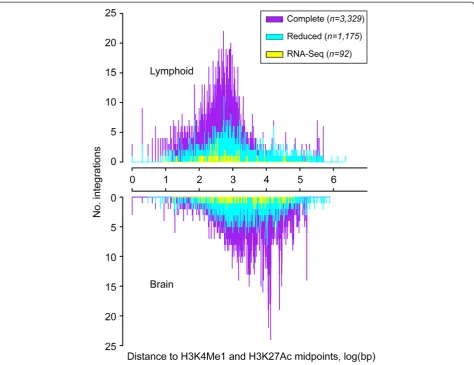Novel principles of gamma retroviral insertional transcription activation in murine leukemia virus induced end stage tumors
Full text
Figure




Related documents
In this paper, I propose an accurate five off-step points modified implicit block algorithm for the numerical solu- tion of initial value problems of fourth order ordinary
1 a Time series plot for observed ILI frequency over the study period of time; Y axis represents the weekly ILI rate; X axis represents time; b ILI prediction values and residuals
showed that HIV-1 infection can activate a significantly higher level of gene expression from the integrated HIV-1 LTR than can HCMV infection. Thus, during dual infection of a
A high-copy-number plasmid bearing the tax gene under the control of the yeast alcohol dehydrogenase 1 promoter (2) transformed yeast cells but failed to show the 40-kDa Tax
Functional relevance of specific interactions between herpes simplex virus type 1 ICP4 and sequences from the promoter- regulatory domain of the viral thymidine kinase gene.
progressive weight loss (despite a healthy appetite) and a fine sporadic tremor in the body and limbs by 4 months. These signs did not become progressively worse. Examination of
(StuI cleaves once within the BamHI fragment 8' of the wild-type PrV genome; this cleavage site has been deleted from v160 DNA.) Lane 1, original mixture of virions used to infect
To define this region more precisely, we introduced deletion, inser- tion, and substitution mutations within sequences encoding the first 12 amino acids of middle T antigen and




